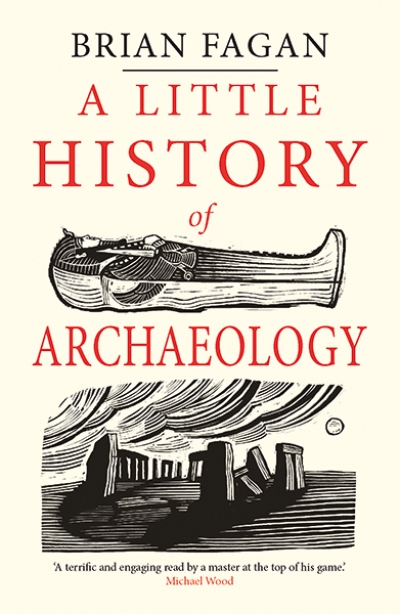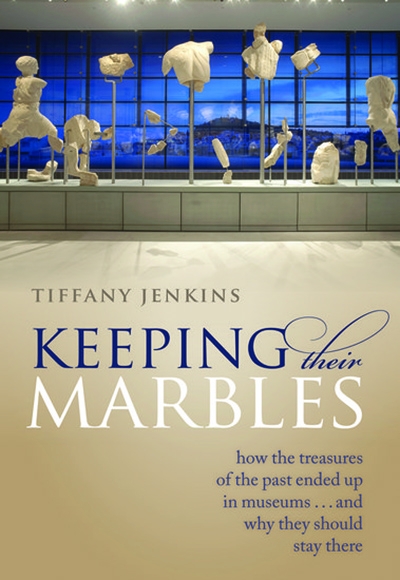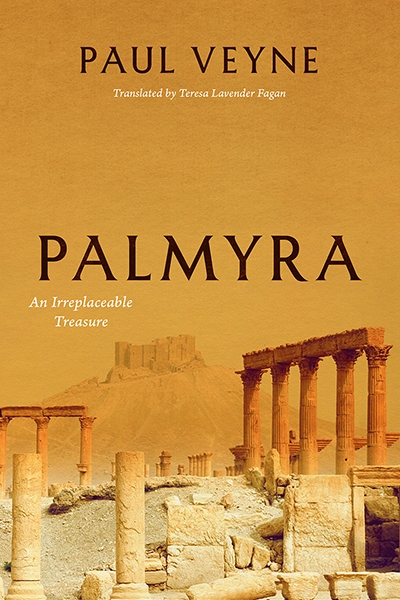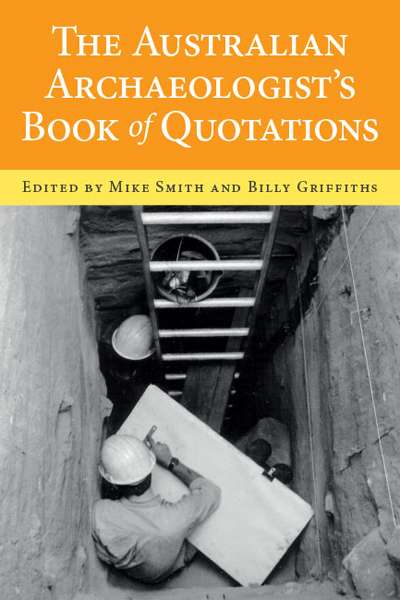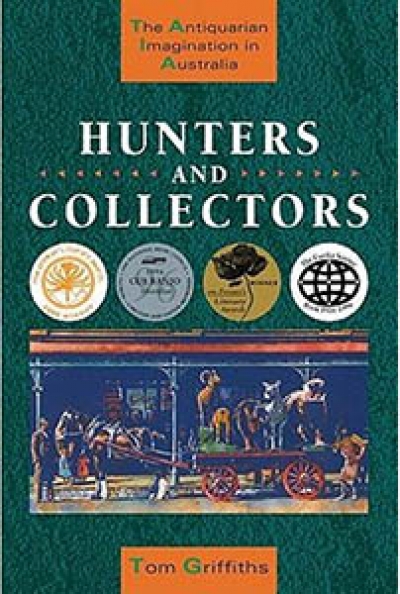Archaeology
Keeping Their Marbles: How the treasures of the past ended up in museums ... and why they should stay there by Tiffany Jenkins
by Christopher Allen •
Palmyra: An irreplaceable treasure by Paul Veyne, translated by Teresa Lavender Fagan
by Christopher Allen •
The Australian Archaeologist's Book of Quotations edited by Mike Smith and Billy Griffiths
by Ruth A. Morgan •
Hunters and Collectors: The antiquarian imagination in Australia by Tom Griffiths
by Geoffrey Bolton •

